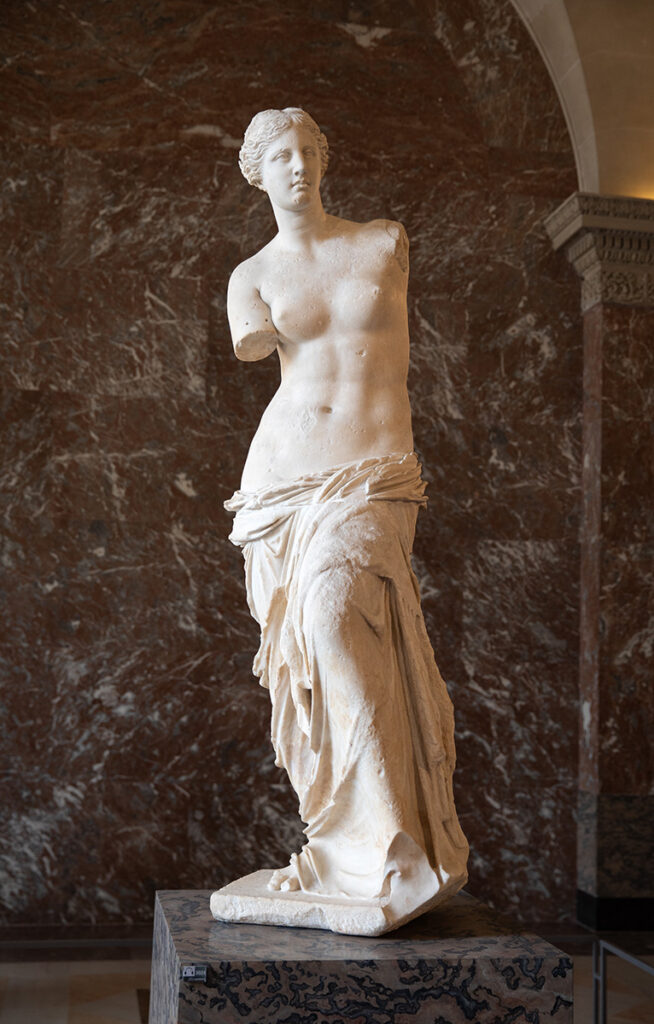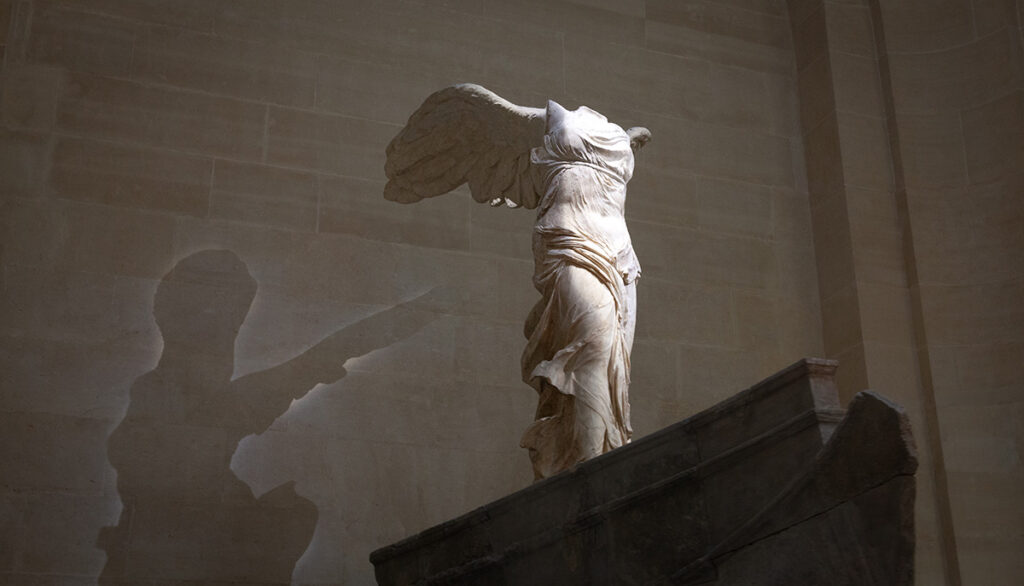If you are like me, once you get to the Louvre you will be as interested in the building itself as what’s in it. The building is so impressive that even if there were no artifacts or artwork in the building, visiting it would still be an amazing experience.
As you might expect, it wasn’t built overnight. It took shape over centuries, and there have been significant modifications even in recent years. So here, I want to walk you through that.
It is worth mentioning up front that, once you get to the Louvre, there is a great place to learn more about it, which is called the Pavillion de l’Horloge and it is located in the Sully Wing. In the meantime, I want to give you the big picture so you can appreciate what you are seeing.
Beginnings as a Medieval Fortress
The Louvre started as a fortress under King Phillip II in the late 1100’s. Suffice it to say that the current Louvre looks nothing like it did back then and almost nothing of the original structures remain. However, when you go to the crypt mentioned above, you can see some of the stone remains.
Throughout its history, the Louvre has undergone near-constant changes. There have, however, been certain seismic shifts that pushed the Louvre toward what it is now. The sections below will concentrate on those seismic shifts.
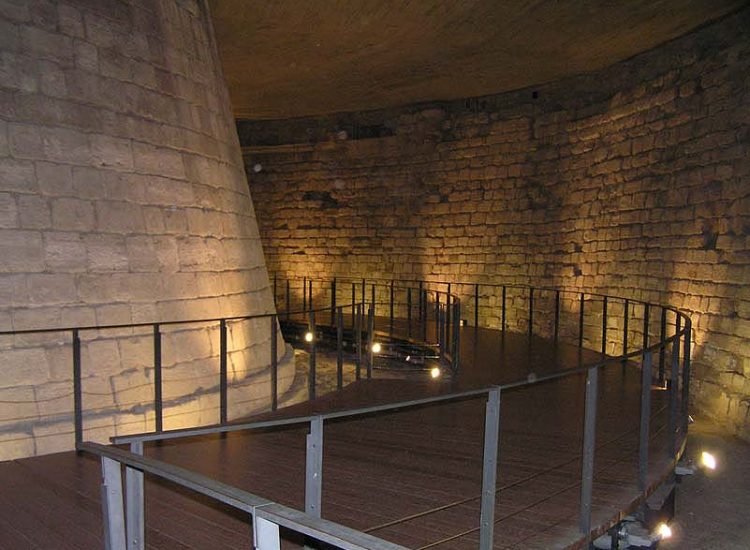
Shift From Fortress to Palace
The first big shift occurred in the mid-1300’s when Charles V made the Louvre his permanent home. The change from fortress to home led to two big changes. The first was that the art and book collections of the king came to the Louvre. Under Charles this included 1200 books, which would later help found the National Library. The second change was that, since it was now a home with a large staff, the Louvre required additional structures. So now the Louvre was moving from a fortress to a home of kings.
The next shift occurred in the 1500’s, when, after working the update the castle in the French Renaissance Style and destroying some of the more militaristic structures, King Francis I gave up on the old structure entirely and constructed a new palace. Perhaps more importantly, he also began covering the walls with paintings and tapestries. The importance of this change is that it marks the beginning of the Louvre as a place where artwork was kept.
Incidentally, one of the paintings acquired by Frances during this time I was the Mona Lisa by Leonardo DaVinci. Apparently, Leonardo loved the painting and kept it until his death. He bequeathed to a an apprentice named Salai, who later sold it to Francis I for 4,000 gold coins.
The next big shift came when Louis XIV moved to Versailles in 1682. Up to this point, the Louvre had continued to add artwork and some paintings were even displayed to the public. While some of the paintings went to Versailles (26 of them), most did not. They stayed in the Louvre. What is important here is that now the Louvre became viewed more as a place to store artwork than a royal residence. In addition, after the move the Louvre began being used as a residence for artists under royal patronage. So now you have the Louvre strictly as a place for art and artists, as opposed to a royal residence that happened to have artwork.
The Louvre Becomes a Museum
It was the French Revolution that turned the Louvre into a museum, and also what filled it.
By 1791, the French Revolution was in full swing (the storming of the Bastille was 2 years prior, in 1789). By 1791 things were bad enough for the royals that Louis XVI and Marie Antoinette attempted to free to Austria. They were apprehended, however, and brought back to Paris, where Louis was forced to sign the new constitution of 1791, reducing him to a mere figurehead.
It was in that year that the National Constituent Assembly issued a declaration that the Louvre would henceforth be “a place for bringing together monuments of all the sciences and arts.” The Louvre opened as a museum two years later, in 1793. It opened with 537 paintings and 184 objects of art. It was now officially a museum.
In addition to causing the Louvre to be established as a museum, the French Revolution was also instrumental in stocking the Louvre with works of art. It essentially did that by appropriating pieces from the royals, fleeing aristocrats, and the Church. Initially, Louis XVI was arrested and imprisoned in 1792, making his collections fair game for the new museum. That constituted an estimated ¾ of the collection. As aristocrats fled the country for fear of the guillotine, their collections were also taken.
One underappreciated fact about the French Revolution is that it was as anti-church as it was anti-royal. In 1789, the National Constituent Assembly seized all property and land of the Catholic church. The government stripped the clergy of special rights and further required an oath of fidelity to the new order or face deportation or death. The government set up alternate cults like the “Cult of Reason” and the “Cult of the Supreme Being.” As the Church had owned a large number of paintings and artwork, this became a significant source of artwork for the Louvre as well.
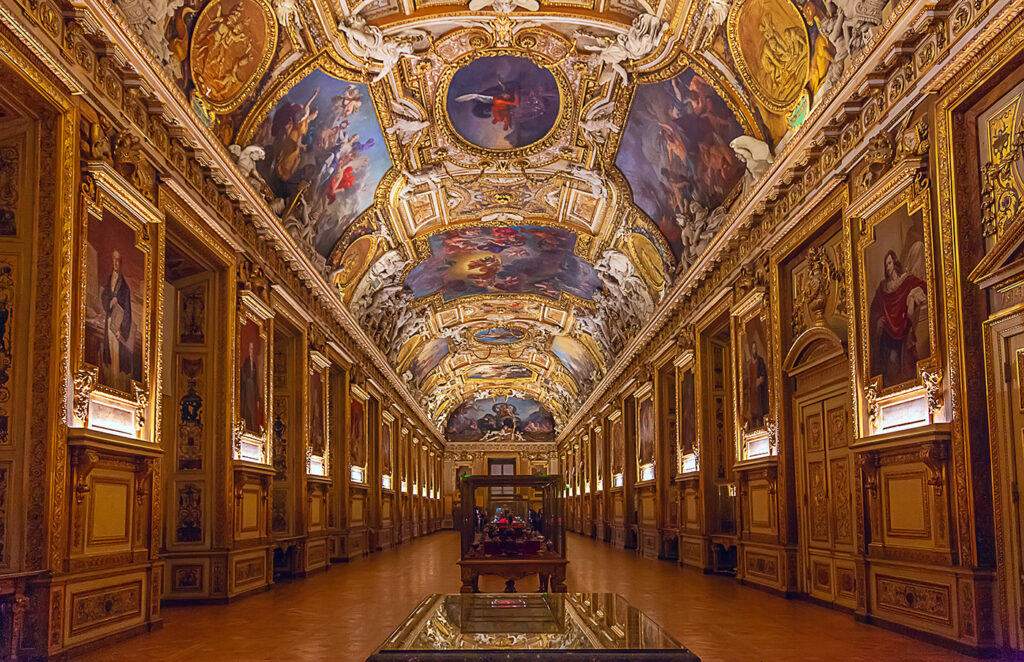
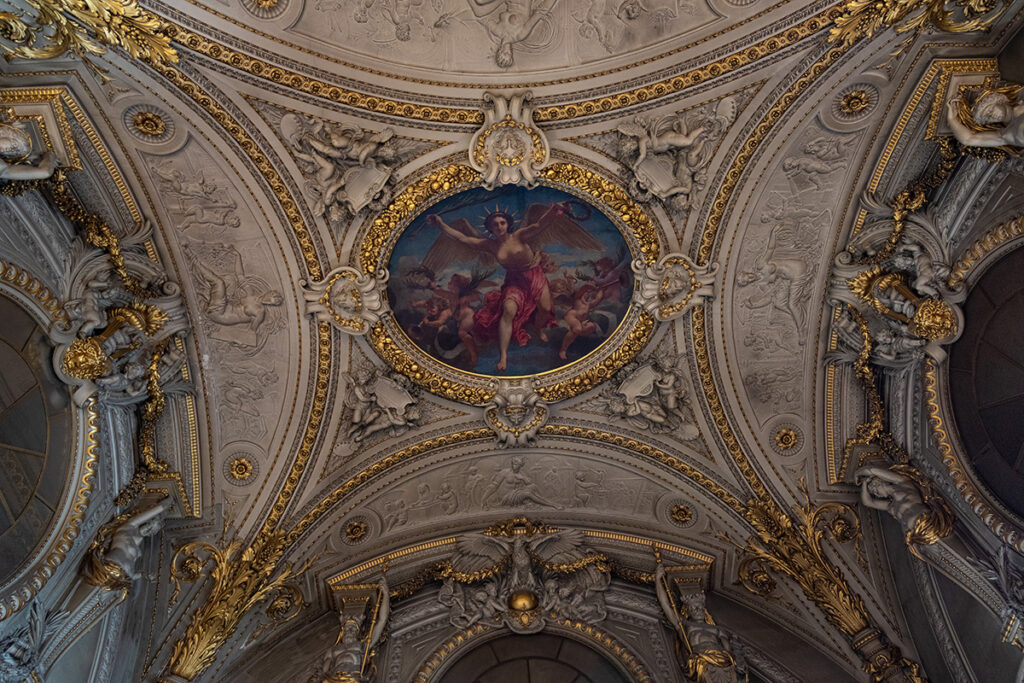
Napoleon!
Napoleon was also instrumental in acquiring artwork and antiquities for the Louvre.
As a general, Napoleon’s first campaign was in Italy. Of course, there was no “Italy” at the time, but rather a series of city-states on the Italian peninsula. Napoleon was sent by the French government to lead the southernmost forces in their war against Austria. Napoleon was, of course, brilliant and won battle after battle, forcing the various Italian city-states to sue for peace. In each case, Napoleon demanded not just territory and money, but large numbers of paintings and other artwork. These were brought back to France, paraded around, and then often placed in the Louvre.
Napoleon’s second campaign was in Egypt, where he was also very successful. As part of that campaign, he brought along scholars and artists to study and acquire antiquities. As in Italy, Napoleon brought back shiploads of Egyptian antiquities. It should be noted that some of these went back after Napoleon was forced to abdicate in 1815, but many did not.
One interesting aspect of this involved a man named Donimique Viviant Denon. He was a scholar that went along with Napoleon’s Egyptian campaign. Upon his return, he was named the Louvre’s first director. He actually had the museum renamed the Musee Napoleon for a time. As Napoleon continued bringing home artwork from successful campaigns in Spain, Austria, Netherlands and Italy, Denon worked to incorporate these works into the Louvre. After Napoleon’s defeat at Waterlook, Denon resisted the return of many pieces. As a result of all his efforts related to the Louvre, one of the wings of the Louvre is named the “Denon” wing to this day.
Second Empire and Modern Shape
The Louvre continued adding to its collections through the 1800’s. Its expansion was supported by every government during that time whether that be the Bourbon restoration after Napoleon’s downfall, the July Revolution of King Louis Phillip, or the Second Republic of 1848 to 1852. It was in that year that Louis-Napoleon, who was President of France, seized power and took the name Napoleon III, ruling until 1870.
During this time, the Louvre’s collections increased vastly. Under Napoleon III, the Louvre added 20,000 new artifacts to its collections. Perhaps more significantly were changes to the building itself. It was during this time that the Louvre acquired the shape it has today.
Almost as important as what was added to the Louvre was what was taken away. As context, in 1870 Napoleon III was sucked into the Franco-Prussian War. It was disastrous for the French and its army was defeated at Sedan and Napoleon III himself taken hostage. The Prussians – who were in the process of becoming Germany – surrounded and bombarded Paris. Paris declared itself a commune. There were efforts at suppression.
These events had a significant effect on the Louvre. In looking at the Louvre from above, you will see that it has three wings. But there once was essentially a fourth. The Louvre had always been adjacent to a palace called the “Tuileries Palace.” Specifically, the open side of the Louvre was occupied by the Tuileries Palace. During the suppression of the Paris Commune, the Tuileries Palace burned (the Louvre itself narrowly escaped disaster). The remains of the Tuileries Palace were eventually torn down and thus we have the open side facing the Tuileries Gardens that we have today.
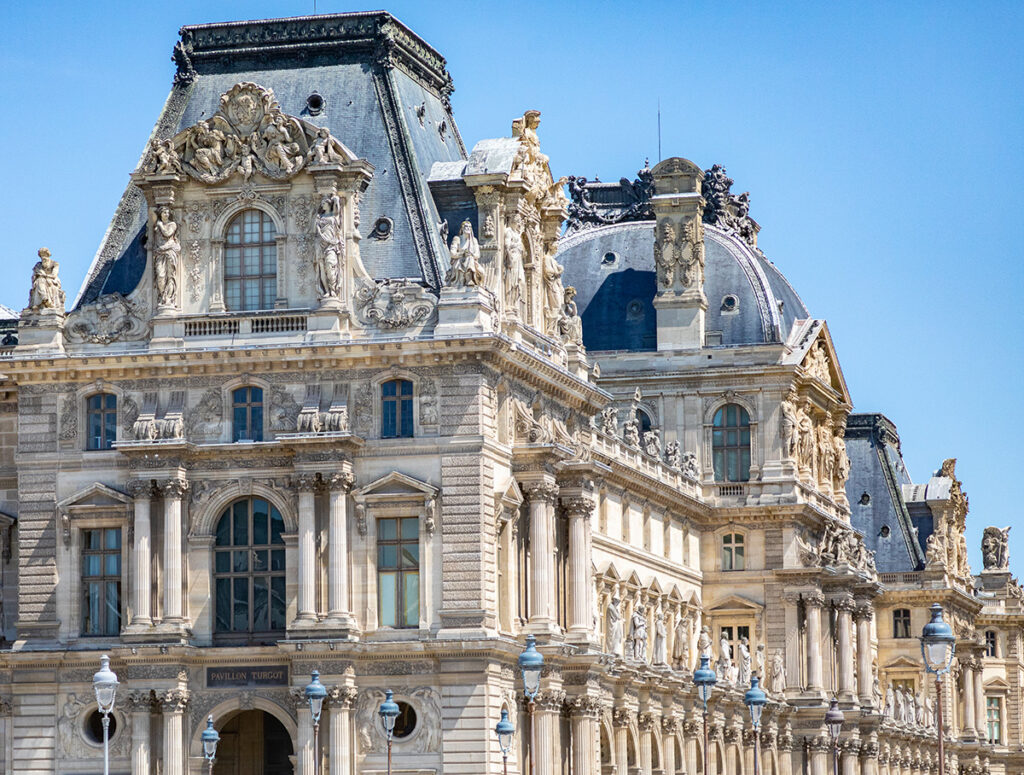
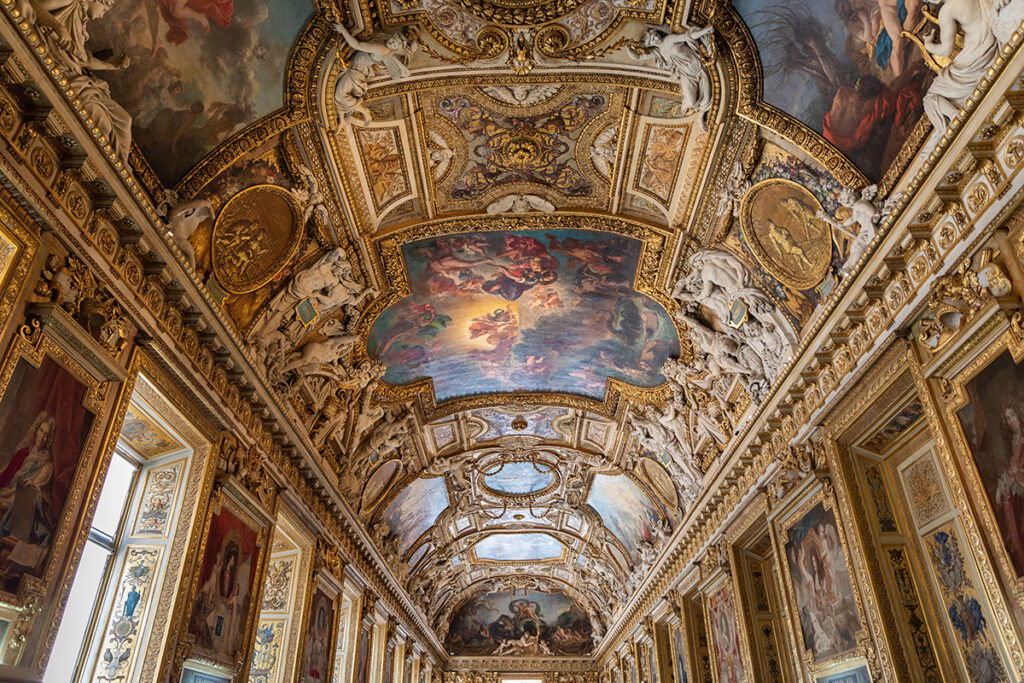
World Wars
You may wonder what happened to the Louvre during the World Wars. The good news is that both the buildings and the artwork was largely preserved. Although Paris was occupied by the Nazis for several years during Word War 2, the Louvre was largely emptied out prior to their arrival.
The Louvre continues to struggle with the aftermath of World War 2 to this day though. The reason for that is the appropriation of artwork and artifacts from Jewish people by the Nazis. The Louvre had nothing to do with this process as it was happening. After the war there were efforts at returning this property, and the Louvre was tagged as an institution that could take the lead in this process. For obvious reasons, many of these artifacts went unclaimed, and no owners were found. The Louvre maintained possession, and has struggled with what to do with this property ever since.
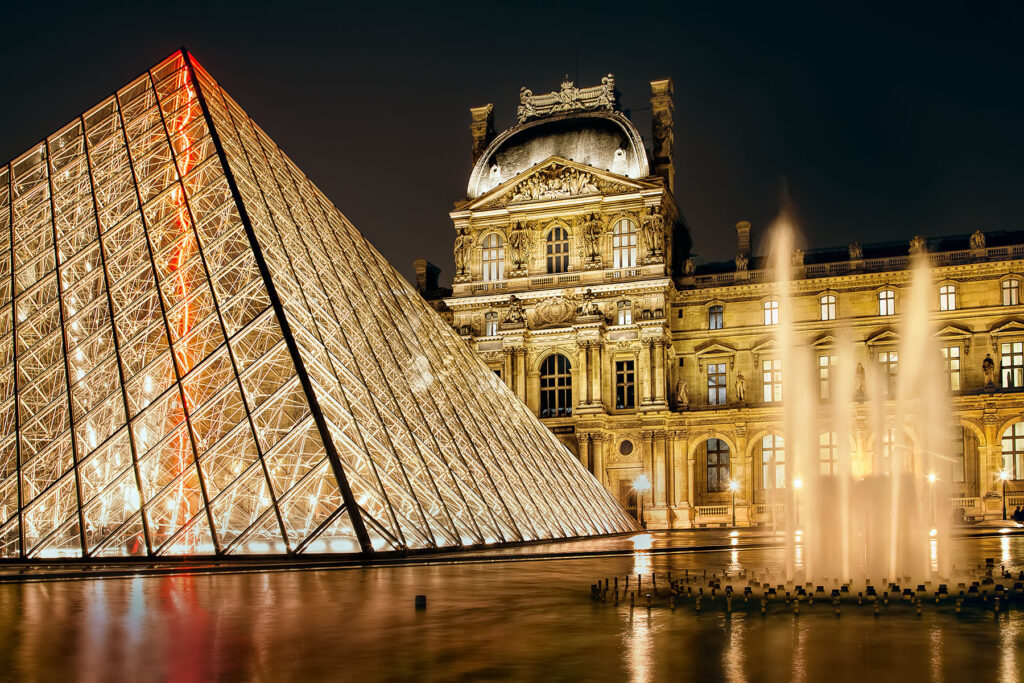
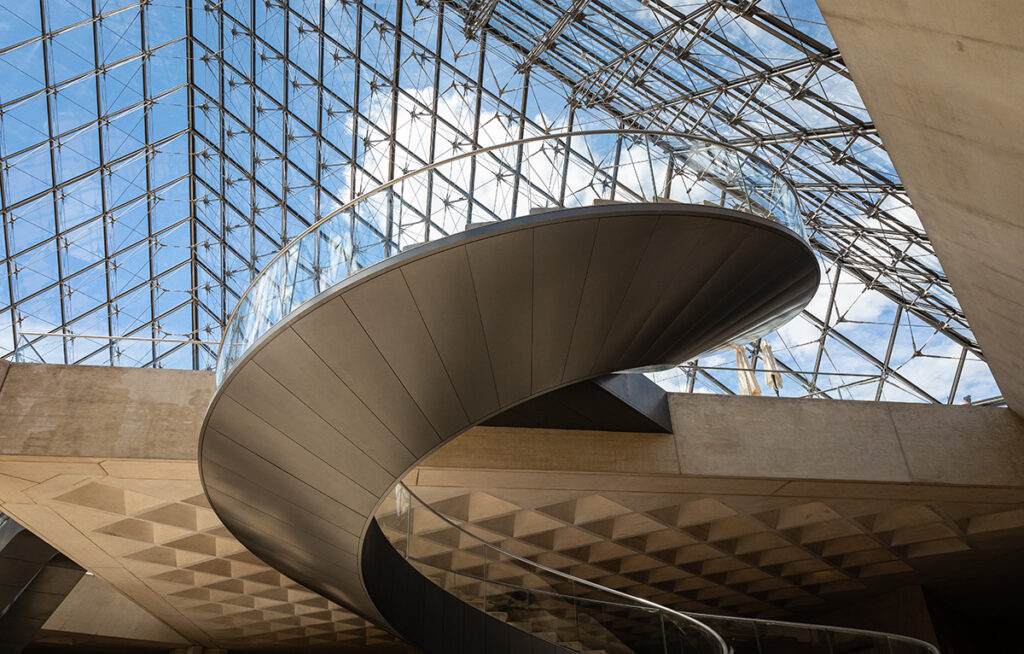
The Pyramid
One more significant change to the Louvre we should discuss didn’t happen until the 1990s. It was the addition of the glass pyramid in the center of the three buildings. This was quite controversial at the time.
The addition of this pyramid was actually part of a larger restoration and restructuring of the Louvre in the late 1980s and early 1990s. At that time, the Louvre building was still not all museum (there were governmental agencies housed in the buildings as well) but this was the time that all that changed and the Louvre took over the whole structure. It added a lot of space to the museum – it was actually the largest expansion ever. An underground lobby was also added.
As part of this restructuring, the American architect I.M. Pei was engaged by French President Francois Mitterrand. His plan was to put a large glass pyramid over the central lobby. To many, it made no sense at all to put a modern glass structure in the center of a historical palace constructed entirely of stone. The French are not shy about voicing displeasure, so they said so. Nevertheless, t was built despite the outcry. It has been long enough now that most people accept it. Some confused individuals even profess to like it.
Into the 21st Century
There have not been any major changes to the buildings themselves in recent year, but changes to the museum continue. Most of these changes have had to do with making the contents more accessible to a wider range of audiences. More recently, the museum struggled through Covid, as it was closed for six months (attendance is still below pre-Covid levels). However, if history is any indication, changes to the Louvre and its structures will continue. Don’t be surprised if things look different than what you have seen in the past.
